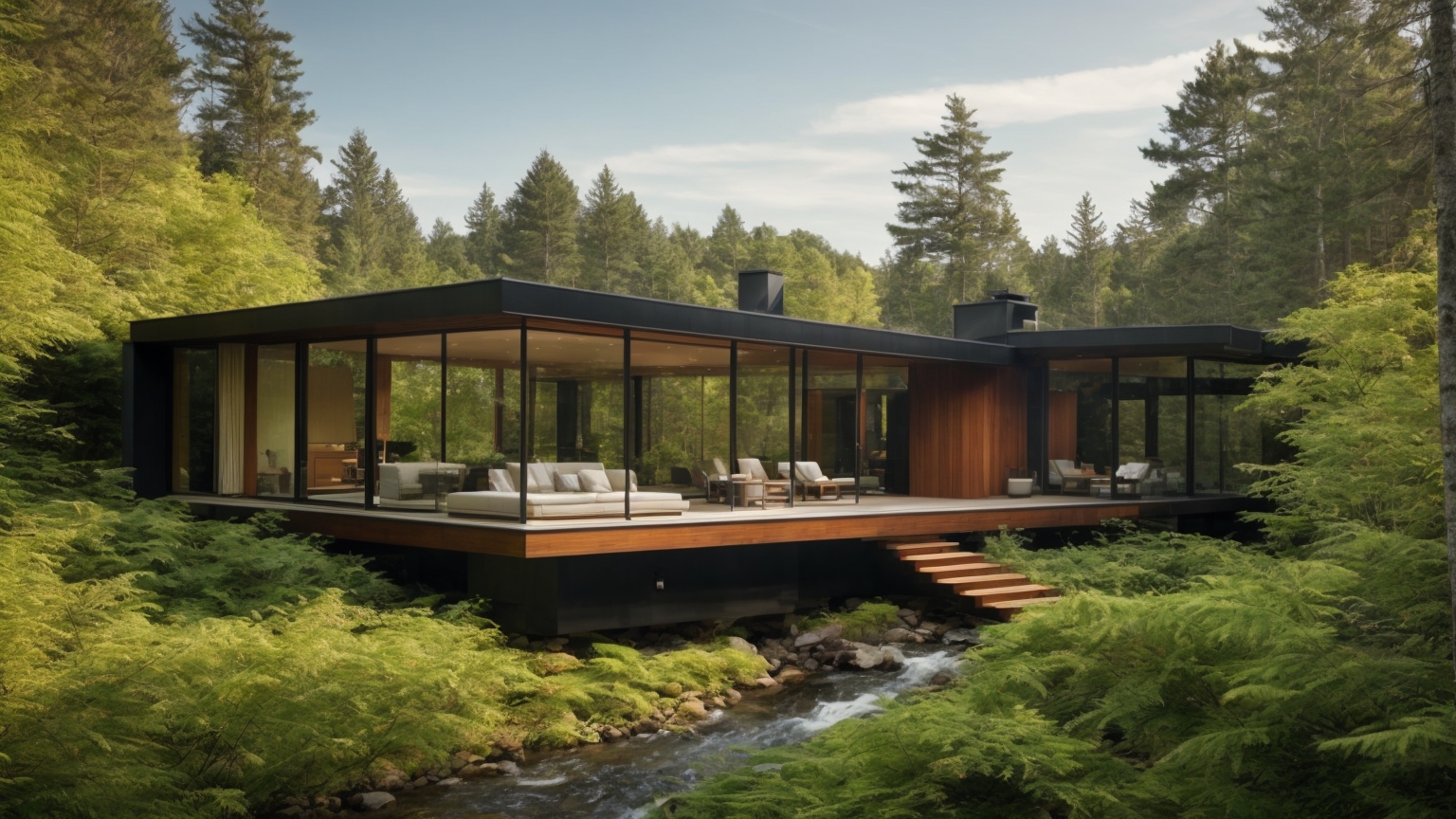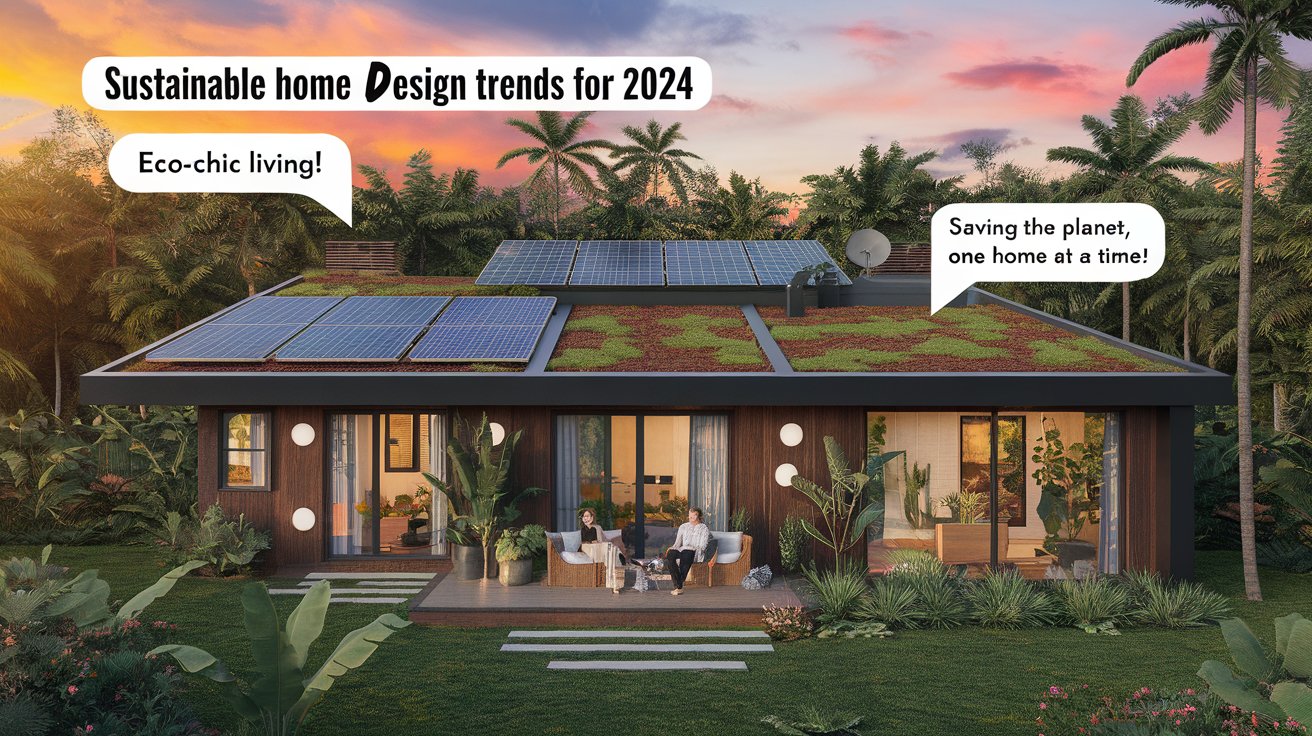Introduction
Passive house design is a groundbreaking approach that emphasizes energy efficiency, comfort, and sustainability. By focusing on key principles like airtightness, advanced insulation, and heat recovery, passive houses drastically reduce energy consumption while maintaining a cozy and healthy indoor environment. These homes are meticulously crafted to minimize heat loss, optimize natural resources, and enhance occupant well-being. The passive house standard has gained global recognition for its ability to combine cutting-edge building techniques with eco-conscious living.
A core aspect of passive house design is its focus on creating a seamless integration between the building envelope, insulation, and ventilation systems. This ensures consistent indoor temperatures year-round while reducing reliance on traditional heating and cooling methods. By adopting this innovative design philosophy, homeowners can enjoy reduced utility costs, improved air quality, and a smaller carbon footprint. Passive houses demonstrate how thoughtful architecture can harmonize with the environment.
Key Takeaways
- Passive house design prioritizes energy efficiency, comfort, and sustainability through advanced building techniques.
- Continuous insulation and airtight construction eliminate heat loss and improve indoor air quality.
- Mechanical ventilation with heat recovery (MVHR) systems ensure fresh air circulation while conserving energy.
- High-performance glazing and nonconductive frames enhance thermal efficiency and reduce energy costs.
- Strategic building orientation and passive solar design maximize natural light and heat.
- Adopting passive house principles significantly lowers carbon footprints and fosters eco-friendly living.
Achieving Superior Energy Efficiency Through Passive House Design
Passive house design revolves around creating buildings that consume significantly less energy while providing superior comfort. By integrating principles such as airtight construction, advanced insulation, and optimized building orientation, passive houses drastically reduce heating and cooling needs. The design aims to utilize renewable energy sources, minimize energy losses, and maintain consistent indoor climates throughout the year. Architects focus on a well-sealed building envelope and passive solar strategies, ensuring natural light and warmth during colder months. These measures not only enhance sustainability but also lower operational costs. Implementing these principles ensures that homeowners enjoy healthier, energy-efficient spaces.

Incorporating Passive Solar Strategies for Energy Savings
Passive solar strategies are essential in passive house design, using natural sunlight to heat and light homes effectively. By orienting the building toward the sun and utilizing shading devices, energy demands can be significantly reduced. Proper placement of thermal mass materials, like concrete or stone, helps store heat during the day and release it at night. These strategies not only improve energy efficiency but also create a comfortable indoor climate with minimal reliance on mechanical systems.
Optimizing Building Orientation and Form
The orientation and form of a building greatly influence its energy efficiency. A compact building shape minimizes heat loss, while orienting living spaces to maximize sunlight reduces heating needs. Designers often include large south-facing windows to harness solar heat gain, with carefully calculated overhangs for summer shading. Incorporating these features into the early design stage aligns with passive house goals of reducing energy use while maintaining comfort.
Key Elements for Achieving Passive House Efficiency
1. Continuous Insulation
Continuous insulation is critical for maintaining a consistent indoor temperature. By eliminating thermal bridging, this approach ensures that heat stays inside during the winter and outside during the summer, reducing the need for mechanical heating or cooling.
2. Airtight Construction
Airtight construction prevents unwanted air leakage, which can significantly impact energy efficiency. Techniques like using vapor barriers, tapes, and sealants are essential to meet passive house standards.
3. High-Performance Glazing
Windows with triple-glazed glass and low-emissivity coatings enhance thermal efficiency by reducing heat transfer and allowing controlled solar gain, contributing to energy savings and occupant comfort.
4. Heat Recovery Ventilation Systems
HRVs and ERVs provide fresh air while conserving heat energy from outgoing air. This not only improves air quality but also maintains the home’s energy efficiency.
5. Strategic Building Orientation
Placing the building to maximize sunlight exposure in colder months and minimize it during warmer months is a passive solar strategy that supports energy efficiency and thermal comfort.
6. Nonconductive Framing Materials
Using materials like fiberglass or thermally broken aluminum for window and door frames prevents heat loss and supports the home’s overall energy performance.

The Role of Insulation and Airtightness in Passive House Standards
Proper insulation and airtightness form the backbone of passive house standards, ensuring energy efficiency and thermal comfort. Continuous insulation across the building envelope eliminates weak spots that cause heat loss. Advanced materials like aerogel and polyurethane foams enhance the building’s thermal properties while preventing condensation. Airtight construction minimizes air leakage, preserving heat energy within the home and reducing reliance on mechanical heating systems. Additionally, these elements improve humidity control, contributing to healthier indoor environments. Together, insulation and airtightness ensure a home remains cozy in winter and cool in summer without excessive energy use.

Choosing the Right Insulation Materials for Passive Houses
Selecting effective insulation materials is critical for achieving passive house standards. Options like mineral wool, cellulose, and rigid foam boards provide high thermal resistance and durability. Each material suits different applications, from walls to roofs, ensuring continuous insulation. Advanced insulation products, such as vacuum-insulated panels, offer cutting-edge solutions for energy efficiency. Proper installation is equally vital to eliminate thermal bridges and maximize the material’s performance.
Implementing Airtight Construction Techniques
Airtightness is a cornerstone of passive house construction, preventing air leakage that leads to energy loss. Techniques such as using airtight membranes, tapes, and sealants ensure a well-sealed building envelope. Blower door tests are performed during construction to measure air changes per hour (ACH) and identify leaks. Proper airtightness not only improves energy efficiency but also enhances indoor air quality by minimizing drafts and pollutant entry.
Case Study: Passive House Success in a Cold Climate
A recent project in Toronto, Canada, showcases the impact of passive house design in a cold climate. This home was designed with triple-glazed windows, advanced insulation materials, and an airtight building envelope, achieving an impressive energy efficiency rating. The designers focused on strategic building orientation to maximize sunlight during winter months, while deep overhangs provided shading during summer.
Mechanical ventilation with heat recovery (MVHR) played a pivotal role in maintaining a comfortable indoor climate. The system reduced heating requirements by reusing up to 90% of the heat from outgoing air. Regular blower door tests ensured airtightness, achieving less than 0.6 air changes per hour (ACH), a key passive house standard. The homeowners reported a noticeable reduction in utility bills, with heating costs dropping by 80% compared to traditional homes in the area. This project demonstrates how passive house principles can transform energy efficiency while ensuring occupant comfort, even in challenging climates.
Integrating Heat Recovery and Ventilation for Optimal Comfort
Mechanical ventilation with heat recovery (MVHR) systems is a cornerstone of passive house principles. These systems ensure fresh air circulation without compromising energy efficiency. By capturing and reusing heat from outgoing stale air, MVHR units reduce heating demands significantly. This technology also manages indoor humidity, preventing condensation and enhancing air quality. When combined with airtightness and proper insulation, these systems deliver a comfortable indoor environment year-round. Installing an MVHR not only boosts energy efficiency but also improves occupants’ health by maintaining consistent airflow and minimizing exposure to outdoor pollutants.

Benefits of Mechanical Ventilation with Heat Recovery (MVHR)
MVHR systems combine energy efficiency with enhanced air quality by recovering heat from outgoing air and transferring it to incoming fresh air. These systems are particularly beneficial in colder climates, reducing heating demands without sacrificing ventilation. MVHR units also manage humidity levels, helping to prevent condensation and mold growth. By ensuring a steady supply of fresh, filtered air, they create a healthier and more comfortable living environment.
Comparing HRVs and ERVs for Passive Houses
Heat recovery ventilators (HRVs) and energy recovery ventilators (ERVs) serve similar purposes but differ in functionality. HRVs focus on heat transfer, while ERVs also manage moisture exchange. Choosing the right system depends on climate conditions and specific household needs. For instance, ERVs are ideal for areas with high humidity, as they maintain moisture balance. Both options significantly reduce energy consumption while maintaining optimal indoor air quality.
“The Passive House standard is not just about reducing energy consumption; it’s about creating a healthier, more comfortable living environment for people while respecting the planet.” — Wolfgang Feist, Founder of the Passive House Institute
Enhancing Thermal Performance with High-Performance Glazing
Windows play a crucial role in a building’s thermal performance and overall energy efficiency. High-performance glazing, such as triple-glazed windows with low-emissivity coatings, minimizes heat loss while allowing solar gain. Strategic placement of windows can optimize natural light and heating, especially during colder months. Properly designed windows reduce dependency on artificial heating and cooling, aligning with passive house goals. Window frames, often overlooked, also contribute significantly—nonconductive materials like fiberglass prevent thermal bridging. By enhancing window technology and design, passive houses achieve both energy efficiency and visual comfort.

Understanding Triple-Glazed Windows and Their Benefits
Triple-glazed windows are a key feature of passive house design, providing superior thermal insulation compared to traditional double-glazing. These windows feature three layers of glass with insulating gas fillings, reducing heat transfer and improving energy efficiency. Low-emissivity coatings on the glass further enhance performance by reflecting heat back into the home. Triple-glazing also improves soundproofing, offering both thermal and acoustic benefits.
Nonconductive Window Frames for Thermal Efficiency
Window frames are often overlooked in energy-efficient design, yet they play a crucial role in preventing thermal bridging. Materials like fiberglass, vinyl, or thermally broken aluminum provide excellent insulation compared to traditional wood or metal frames. By combining high-performance glazing with nonconductive frames, passive houses can achieve substantial energy savings and maintain comfortable indoor temperatures.
Conclusion
Passive house design sets a high standard for energy-efficient and sustainable living. By implementing strategies such as continuous insulation, airtight construction, and advanced ventilation systems, these homes significantly reduce energy consumption while enhancing comfort and air quality. Passive houses exemplify how innovative building practices can address environmental challenges while prioritizing occupant well-being. Their thoughtful design not only minimizes energy use but also fosters a healthier, more sustainable lifestyle.
The principles of passive house design offer long-term benefits, from lower utility bills to reduced carbon footprints. By integrating high-performance glazing, mechanical ventilation with heat recovery, and strategic building orientation, these homes achieve remarkable thermal efficiency. As more homeowners and builders embrace these standards, passive houses stand as a testament to the potential of sustainable architecture to create lasting change. The journey to a greener future starts with smarter building choices.






